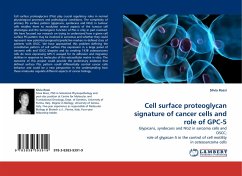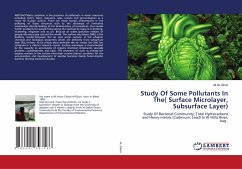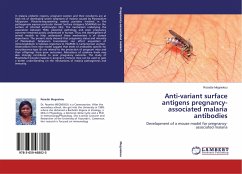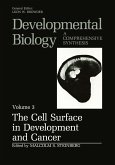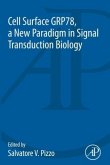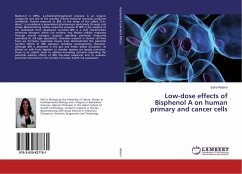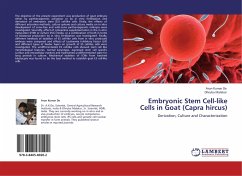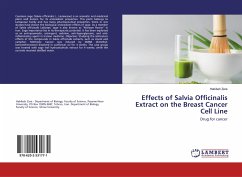Cell surface proteoglycans (PGs) play crucial regulatory roles in normal physiological processes and pathological conditions. The complexity of primary PG surface pattern (glypicans, syndecans and NG2) in tumour cells enables them to modulate several aspects of the tumour cell phenotype and the tumorigenic function of PGs is only in part resolved. We have focused our research on trying to understand how a given cell surface PG pattern may be involved in sarcomas and whether they could represent new potential prognostic/predictive markers in defined class of patients with OSCC. We have approached this problem defining the constitutive pattern of cell surface PGs expression in a large panel of sarcoma cells and OSCC biopsies and by creating 143B osteosarcoma cells de novo expressing GPC-5 assayed for its adhesion and migratory abilities in response to molecules of the extracellular matrix in vitro. The outcome of this project could provide the preliminary evidence that defined surface PGs pattern could differentially control cancer cells behavior and could be a new perspective in the understanding how these molecules regulate different aspects of cancer biology.
Bitte wählen Sie Ihr Anliegen aus.
Rechnungen
Retourenschein anfordern
Bestellstatus
Storno

